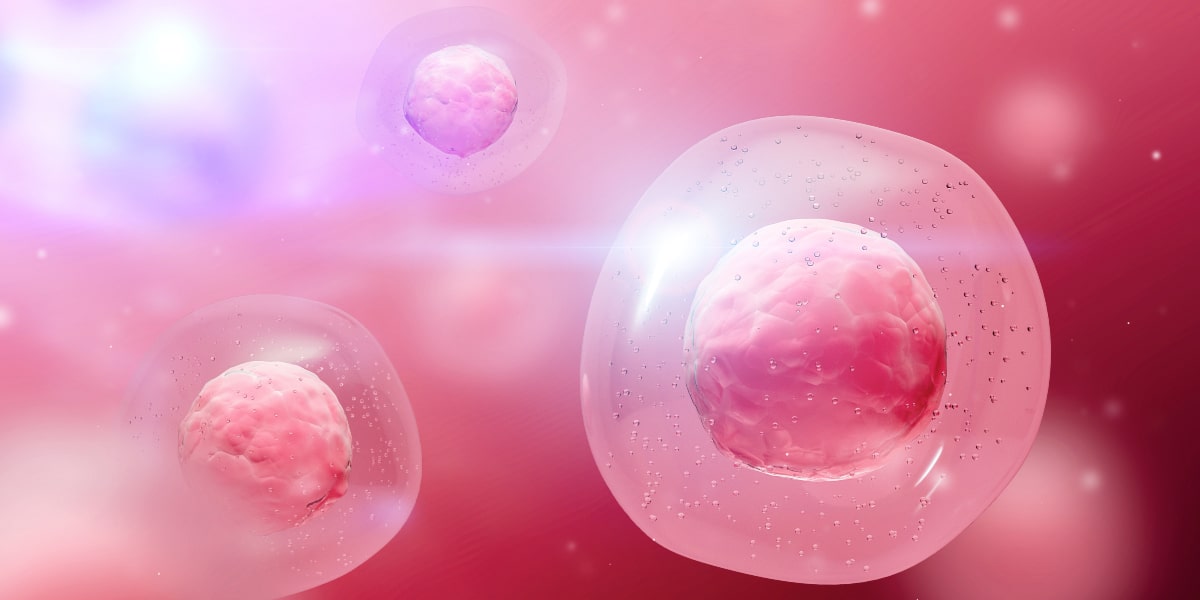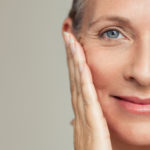What is Oxidative Stress & How Can Red Light Therapy Help?
There are plenty of buzzwords going around in the wellness community, but what do they mean? Oxidative stress is one that’s been attributed to increasing signs of aging, like wrinkles, as well as a factor that can lead to much more serious diseases like diabetes and cancer. But what is oxidative stress, and can it really cause all that?
We’re here to get to the bottom of what oxidative stress is, what it causes, and what you can do to help your body fight it off.
What is Oxidative Stress?
Simply put, oxidative stress is an imbalance between free radicals and antioxidants. Both of these molecules are necessary for normal, healthy reactions in the body, but an excess of either can cause damage.
Free radicals are molecules which contain oxygen and have an uneven number of electrons. Because free radicals have an uneven number of electrons, they’re unstable and highly reactive with other molecules, which helps them cause large chain chemical reactions in the body. On the other hand, antioxidants are molecules that can give up an electron without becoming unstable, so they have the ability to stabilize free radicals.
When there are more free radicals than antioxidants can manage, oxidative stress occurs. Because free radicals are highly reactive, they cause damage to the body’s proteins, fatty tissue, and DNA in their quest for that stabilizing electron. Damage by free radicals can affect cellular function and cause apoptosis, also referred to as programmed cell death.
While our bodies’ cells regularly die and get replaced, prolonged damage by oxidative stress has been linked to a variety of diseases such as diabetes, cancer, inflammatory conditions, and neurodegenerative diseases like Parkinson’s and Alzheimers. Oxidative stress also contributes to the aging process and can affect skin’s collagen production and elasticity, causing wrinkles.
Causes of Oxidative Stress
But how does a surplus of free radicals occur? Everyone’s body naturally produces some free radicals, but everybody needs some free radicals in order to be healthy and help fight off infections. An excess of free radicals, and therefore a potential for lasting damage, can be a result of several environmental factors, like pollution, ozone, radiation, certain chemicals and pesticides, and cigarette smoke (including second-hand smoke).
Dietary factors can also play a role in excess free radicals. Diets high in fat, sugar, and alcohol can impact free radical production, and diets containing foods rich in antioxidants, like berries and dark, leafy greens, can introduce antioxidants to help manage free radicals.
Red & Near-Infrared Light Therapy
While altering our diets can help manage free radicals, sometimes there are factors outside of our control influencing reactive oxygen species in our bodies. Pollution, radiation, and even exposure to cigarette smoke can be inescapable depending on a person’s location or situation. One option to aid in the fight against oxidative stress is red and near-infrared light therapy.
How it works
Light in certain wavelengths affects the body; most notably, ultraviolet light from the sun triggers melanocytes in the upper layers of the skin to produce melanin which protects the skin from burning. However, other isolated wavelengths of light have effects on the body, too. For example, blue light has been proven to have antimicrobial properties and can be used as a treatment for acne.
Red light, at specific wavelengths, is readily absorbed by chromophores in the mitochondria of the body’s cells, which activates metabolic energy processes. Red and near-infrared wavelengths of light promote ATP production, which boosts energy transport within cells, leading to increased cell proliferation. This boost in the body’s natural healing cycle helps reduce inflammation and promotes healing of damaged tissue.
What makes red light different from other forms of light is its ability to penetrate deeper into the skin. While blue and ultraviolet light mainly affects the upper layers of skin, red light can be absorbed by cells deep in the body. Red light therapy is also referred to as photobiomodulation therapy because of the change in the body induced by light, and there are a variety of devices with different capacities of utilizing red light.
TheraLight light beds utilize red light for a full-body photobiomodulation experience that exposes the entire body to healing red light that jumpstarts natural healing processes and fights free radicals causing oxidative stress. Find a TheraLight light bed provider near you to start battling oxidative stress at the source.






